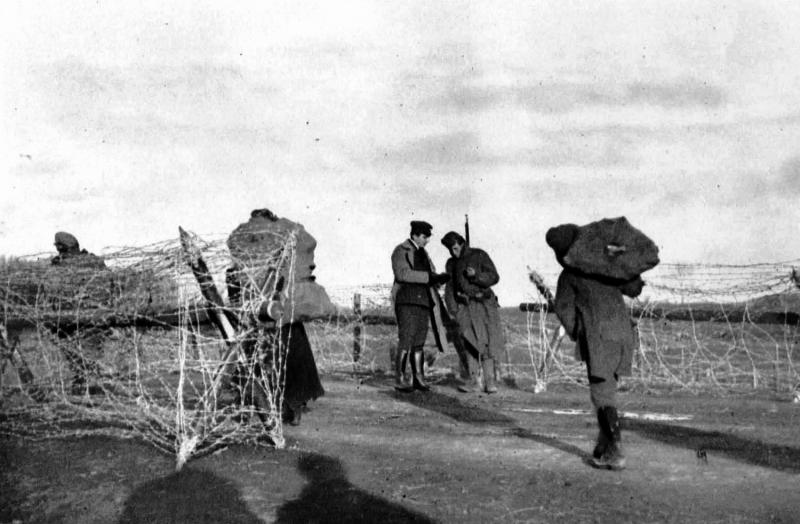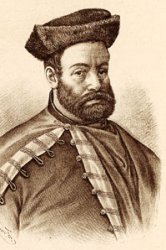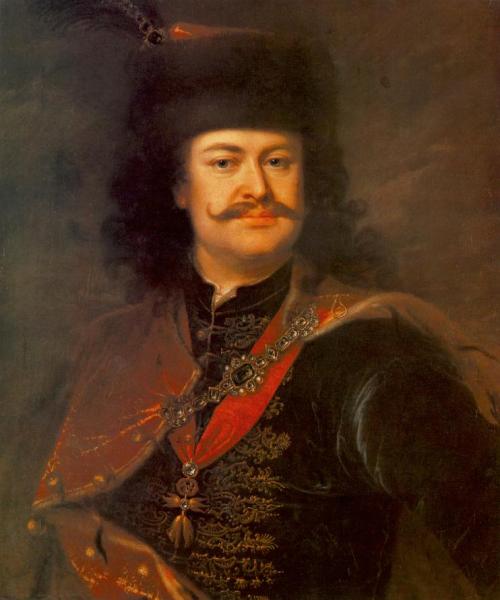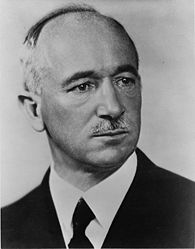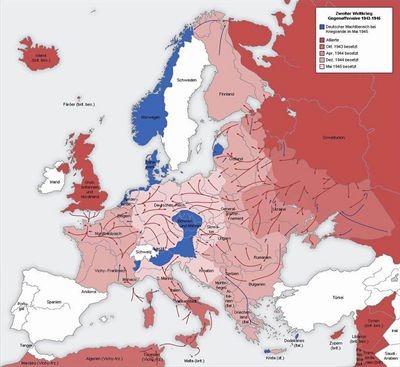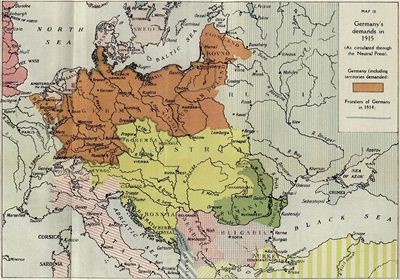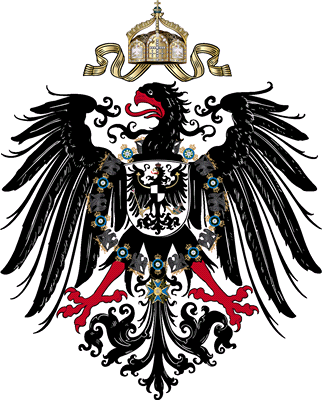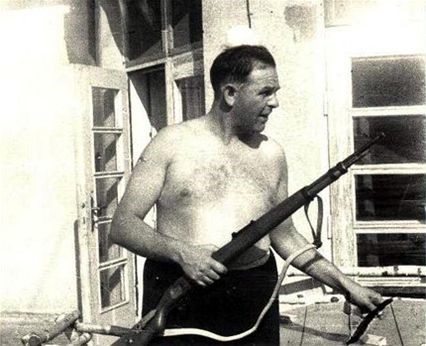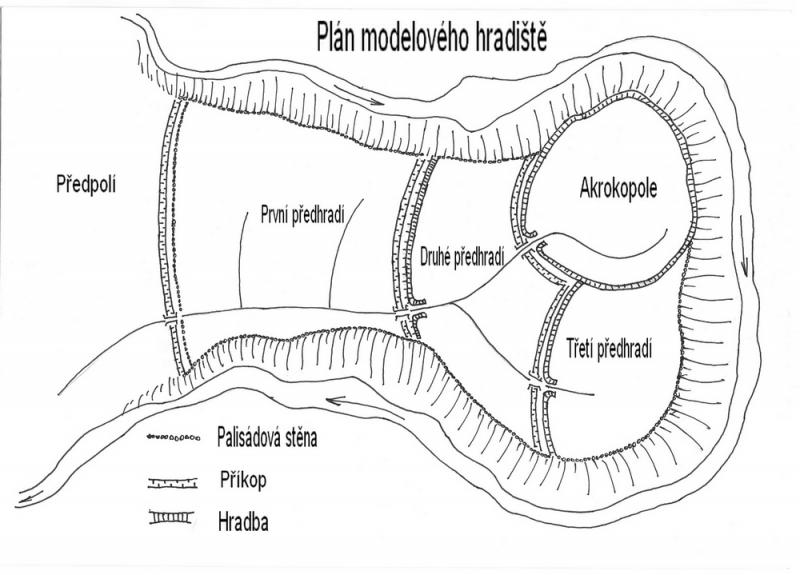
(Not only) Prehistoric fortifications in our territory, part 2
In this next part we must deviate from purely prehistoric fortifications. This is due to the fact that localities that have so far been identified in our territory as the seat of prehistoric cultures were extensively used at the time of the arrival of Slavs to our territory and new fortifications were again erected on the remains of prehistoric cultures. the first princely and royal castles stood on them in the form of strongholds, and on many of them there are castles or their abandoned ruins to this day. So we will try to transfer to the deep past and, if possible, connect it to the present.
